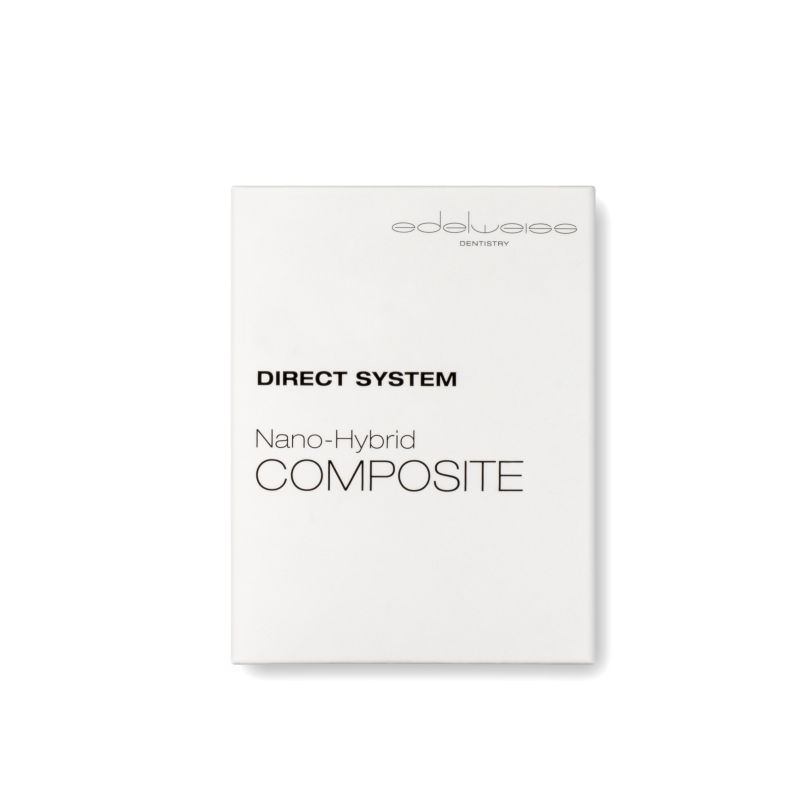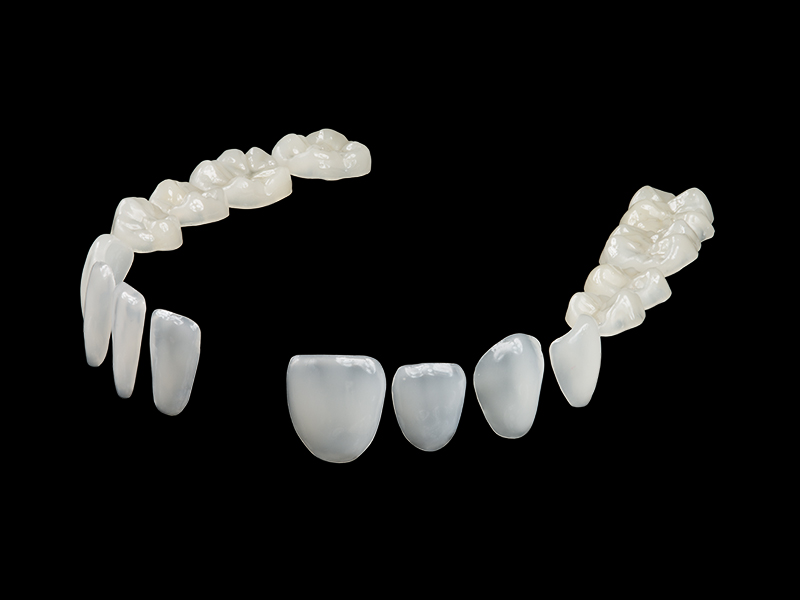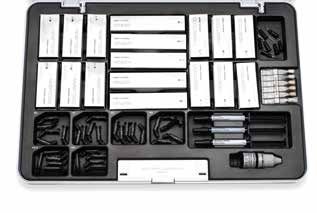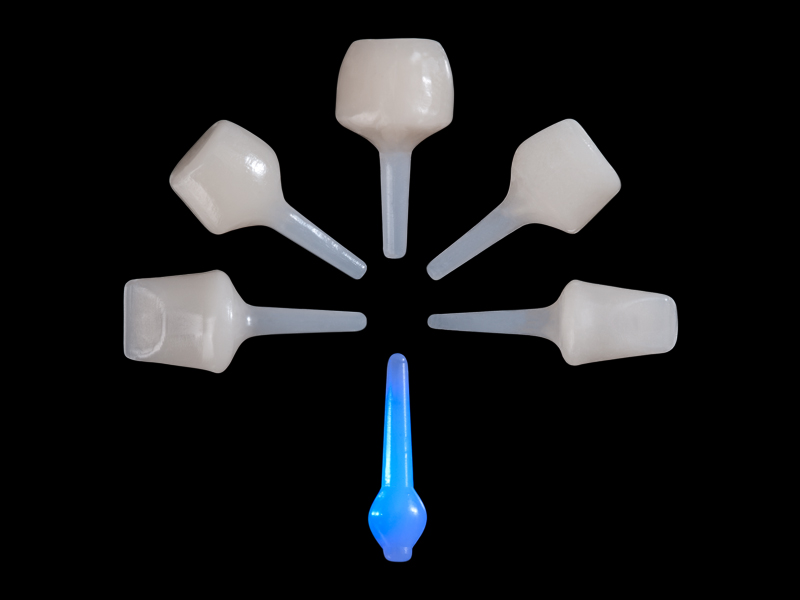Jason Greenwood is a general practitioner and qualified from The Royal London Hospital in 1987. He, opened his own practice in 1991. Starting a master’s course (General Dental Practice, Birmingham) changed his outlook in dentistry, particularly CADCAM and alternatives. He works with dental companies and has been published writing reviews on dental materials and techniques.
He has been using the edelweiss system for over 4 years.
He has been trained at edelweiss headquarters in Austria and conducts the UK hands on courses for DPS.
Here he shares his opinions on the edelweiss dentistry products he uses in his practice and why he likes them.


edelweiss dentistry Composite
The composite has perfectly matched Vita shades to the industry standard, unlike some! These are dentine colours, but readily match most teeth. The enamel shade is of the correct density to complete the aesthetic simply, without needing to have many shades to go out of date due to lack of use.
The density is that of very a heavily filled material which enables easy handling, but not such that it is unmanageable like an over filled composite. Handling improves as it gets close to body temperature, so that decanting into your fingers will quickly soften it enough. The material does not overly adhere to the instrument, making it easy to transfer to the tooth.
Once cured, adjusting the material is simplicity; tactile feedback is very close to enamel. Disc polishers do not particularly clog and polishing is effective.
edelweiss dentistry Veneers & Occlusion forms
Very well thought out anatomy. They are easily trimmed to shape as required without fear of fracture, unlike ceramic. Bonding, using the supplied Veneer Bond, is simplicity itself. The beauty here is that we are using materials and techniques that we use every day; there is nothing new to have to learn other than some ideal methods to speed up the shaping and overall efficiency of placing. When placing them, there is almost no fear of breakage and you are able press them into place far more happily than you would a fragile ceramic item. The veneer provides the enamel layer, the composite acts as the dentine layer.
The glass material is entirely compatible with composite, being the same as the composite filler. You do not see join lines and staining as you might expect with composite. These are NOT composite veneers, they are homogenous barium glass throughout, exhibiting much better wear and stain resistance.
Refine and finish with burs or discs. To polish, treat as you would composite with the proviso that impregnated rubber wheels work better than paste for the final finish.



edelweiss dentistry Post & Core System
An homogenous composite construction, very well designed and thought out. The post drills are sublime to use with the best elements of twist drills and Gates-Glidden.
For use with a good ferrule as the inherent strength is not for supporting the crown on its own, but rather to support and reinforce the prepared tooth; the properties are very similar to dentine. A wide range of sizes is available.